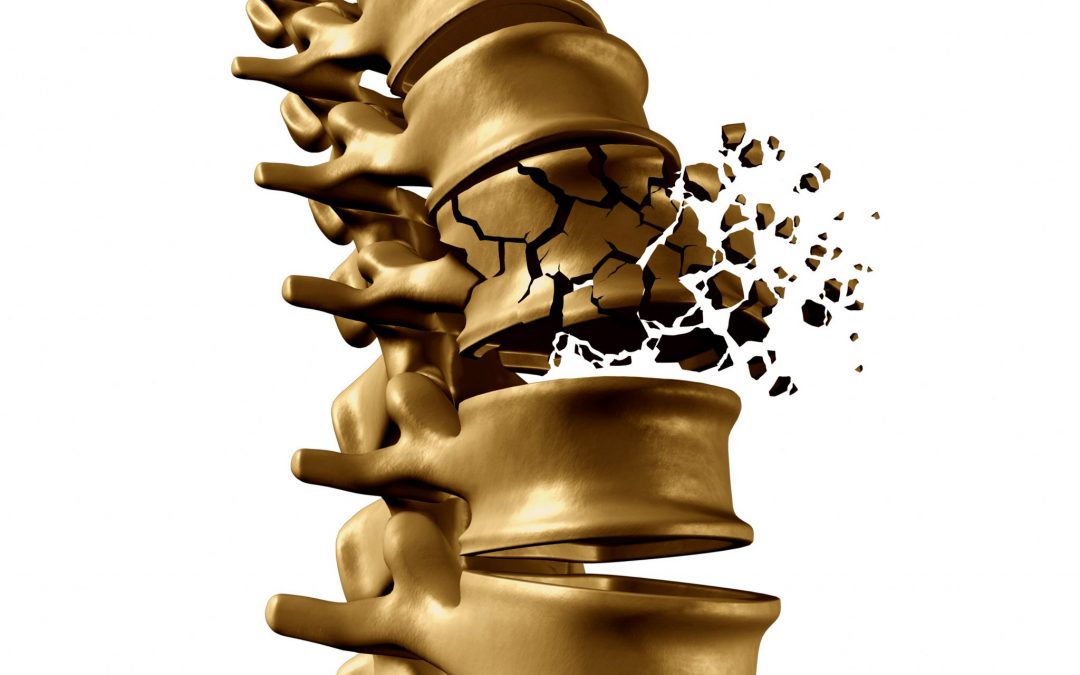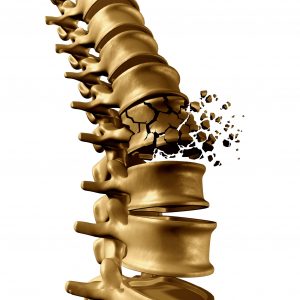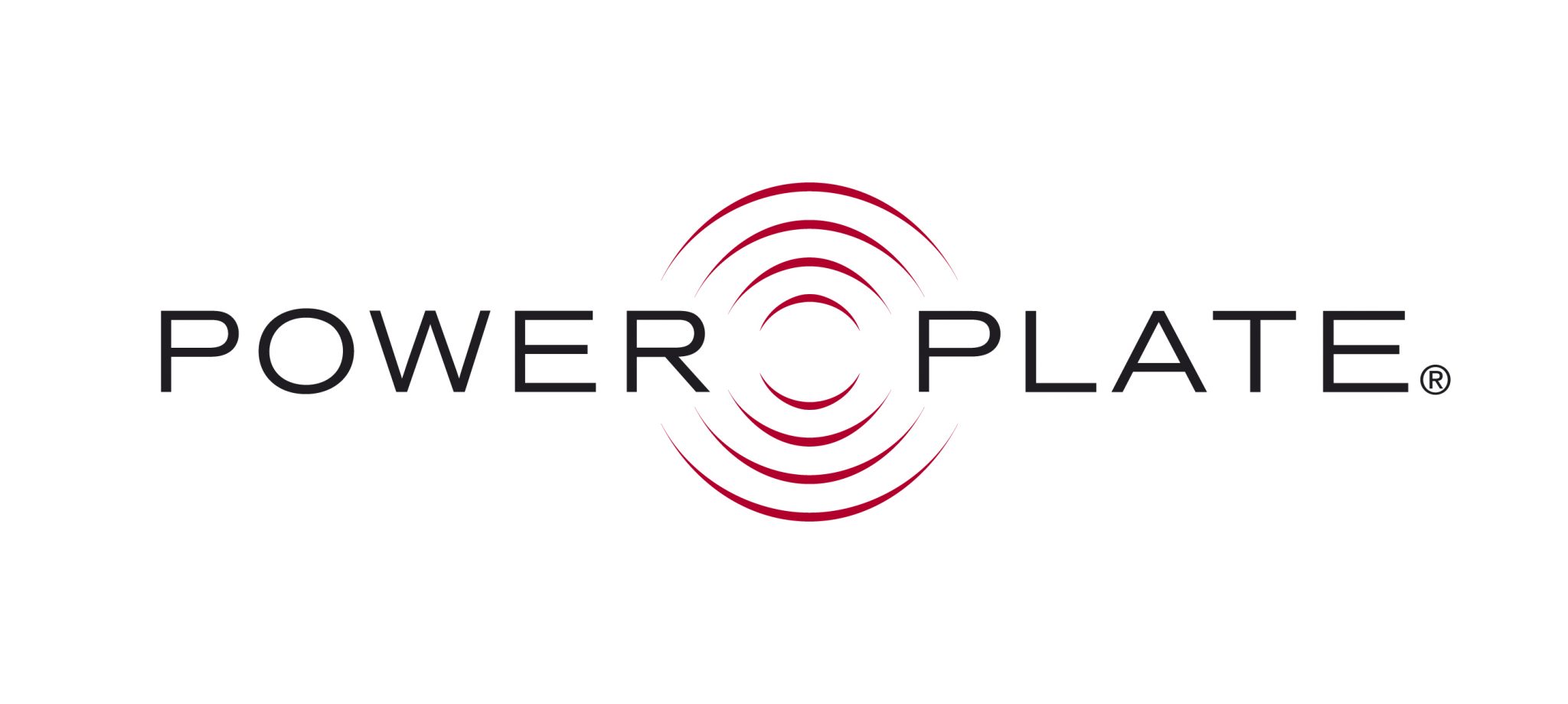
Vibration training for post-menopausal women with osteoporosis
With the increase in the size of elderly populations in the world, osteoporosis and sarcopenia (the loss of muscle mass and strength) are important public health issues.
Postmenopausal osteoporosis treatment has typically focused on screening, diagnosis, and early therapy. Treatment of osteoporosis is a long-term process and typically involves the prescription of drugs with potential adverse effects. This kind of treatment may not be 100% preventive of its development and consequences. Lifestyle factors that are within a person’s control are important to treatment and prevention, and these include nutrition, smoking, alcohol intake, and movement/exercise.
The rapid decline in bone density at menopause is attributable to lower hormonal levels, and this is a very important time to start taking action for your bones to prevent osteoporosis in your later years.
Although exercises are widely used to enhance muscle strength and flexibility and to prevent bone loss, there are conflicting results when measuring the effect on bone loss of different types of exercises. Walking and jogging, while popular, do always show uniform results, and can be potentially harmful for people with impaired balance and flexibility, and jogging is certainly not the most popular exercise of choice for post-menopausal women, what with reduced pelvic floor muscle strength and potential incontinence issues. (See our Power Plate Healthy Mums Programme for a programme designed especially for restoring pelvic floor and core strength).
Safety of physical activity is an important consideration in the management of osteoporosis, due to the increased risk of falls, since quite often the fact that people in this age group already have compromised strength and balance.
Research shows Power Plate can help…

Scientific literature reviews consider Whole body vibration within a specific range of appropriate parameters, including frequency, amplitude, and peak-to-peak distance, to be a safe form of physical activity. The mechanical vibration from whole body vibration can influence a number of body processes and systems to help prevent the decline, to increase, or maintain bone mass.
Osteocytes are mechanoreceptors within the bone and respond to the EMG activity of the muscle responding to the vibrations. There is an increase in circulation and the fluid dynamics within the bone, as a result of forces applied by muscle to bone during physical activity. There is also mechanical strain applied directly and indirectly through the hydrostatic elements within the bone. The bending/deforming of bone by the action of the muscle contractions induced by the vibration also produce electrical charges, which in turn stimulate bone formation. Whole body vibration also has an anabolic effect on soft tissues, muscle and bone and with increases in growth hormone, parathyroid hormone and testosterone, muscle loss and osteoporosis can be limited.
Long term consistency is key…
Across extensive literature reviews of the effect of whole body vibration and post-menopausal osteoporosis, the best outcomes were found when
- frequency range was between 12Hz and 40 Hz
- amplitude was between 1 mm and 12 mm
- G force was between 0.3 g and 6.4 g
- the person participated in 2 to 3 sessions per week
- the duration of the intervention was a minimum of 6 months
